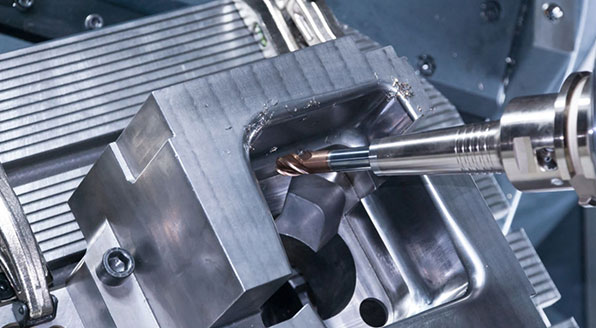Time to read: 6 min

This article delves into the critical differences between feed rate and cutting speed in CNC machining and their impact on the quality of machining. By comparing these two concepts, we will uncover how they influence machining time, surface roughness, and tool life, while providing practical optimization tips.
Introduction:
In the field of CNC machining, feed rate and cutting speed are two crucial parameters that determine the efficiency and quality of the machining process. A proper understanding and application of these concepts are essential for improving production efficiency and reducing costs.
What is Cutting Speed?
Cutting speed describes the relative velocity between the surface of the workpiece and the cutting tool. It is commonly measured in meters per minute (m/min) or feet per minute (ft/min). Cutting speed not only affects cutting temperature and power consumption but also directly relates to the tool's service life.
Key Factors Affecting Cutting Speed:
- Workpiece Hardness: Harder materials require a slower cutting speed.
- Cutting Tool Material: Different materials of the cutting tool have varying hardness properties, allowing for different cutting speeds.
- Expected Tool Life: The anticipated lifespan of the tool is also an important factor in determining cutting speed.
What is Feed Rate?
Feed rate refers to the distance the cutting tool moves in one spindle revolution, typically measured in inches per revolution (ipr) or millimeters per revolution (mpr). Feed rate directly affects the appearance of the machined part, i.e., the surface finish.
Key Factors Affecting Feed Rate:
- Cut Width: A cut width less than half the tool's diameter can lead to chip thinning, affecting lead time and tool life.
- Tool Type: Different types and strengths of tools have different requirements for feed rate.
- Workpiece Strength: The strength of the workpiece also influences the choice of feed rate.
Differences Between Feed Rate and Cutting Speed:
Although these parameters are similar in definition, they have distinct differences in practical applications. Cutting speed primarily affects cutting temperature and tool life, while feed rate directly affects surface roughness.
Main Differences:
- Impact on Cutting Temperature and Tool Life: Cutting speed has a greater impact on these parameters.
- Impact on Surface Roughness: Feed rate directly influences surface roughness.
- Geometric Concepts: Cutting speed defines the cutting path (directrix), while feed rate defines the tool's movement path (generatrix).
Conclusion:
Mastering the optimization of feed rate and cutting speed is crucial for improving the quality of CNC machining. By understanding how these parameters affect the machining process, you can ensure the production of high-quality products. If you need professional CNC machining services, please contact Unofactory. With our experienced machinists and CNC machine programmers, you will always get the best-machined part every single time you work with us. So, reach out to Unofactory today for all your CNC machined needs.




